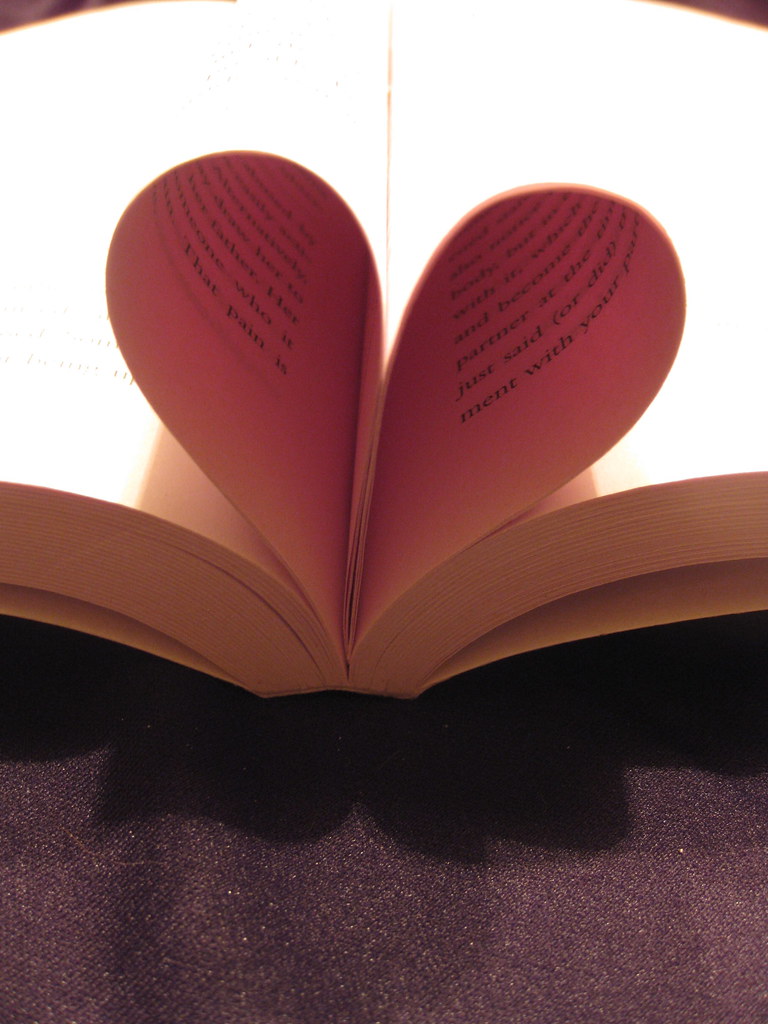Those who know me may generously describe me as someone who is not a huge fan of romantic subplots. This is due to a gross generalization—in actuality, I love romantic subplots. They’re a fun way to explore character dynamics, a good source of narrative tension, and when properly written they can mesh with the main plot in a way that enhances both storylines.
The key words here being: when properly written.
All too often, I find romantic subplots to be sloppily written. They drag on to immersion-shattering extremes, they completely undermine the main plot, they feel like the writer threw them in out of a sense of obligation rather than actually wanting to write a relationship—the list of gripes goes on. And on. And on to the point where my friends and family have grown weary of hearing me complain about this.
Hence, this article, wherein I hope to discuss what can make a romantic subplot good and what can make it…excruciating.
But first, we must define a romantic subplot. It’s exactly what it sounds like, so that isn’t very hard—it’s a storyline revolving around the evolution of a romantic relationship that is secondary to the main plotline.
For an example of this, take Despicable Me 2. The romantic subplot is the relationship between Gru and Lucy Wilde, but that is not the main plot focus of the movie. That would be the missing mutagen, and later the man trying to use said mutagen to take over the world. The romance is a part of the story, but it is not the whole of it.
This is opposed to a story where the development of the romantic relationship is the main plotline and focus, such as So This is Ever After by F.T. Lukens. The book’s focus remains on the relationship between Arek and Matt because that is the plot of the book.
The difference between a romantic subplot and a romance plot is important to note, as when writing a romantic subplot one must be aware that they are writing a subplot. It is not the main focus of the plot, it’s meant to add to it.
Think of romance as carrots. You can make a good soup even better by adding some carrots, but too many and it gets kind of ridiculous. After a certain point, you have to either stop adding carrots or stop making soup and instead pivot to making some kind of carrot-based dish, like carrot cake, so you can properly express your love of carrots. And, of course, it’s important to know that soups don’t need carrots. They’re absolutely fine without them. Just because you can add carrots doesn’t mean you must add carrots. No one is forcing you to put carrots in your soup, that’d just be weird.
This is a strange and long-winded way to say that if you want to write a romance story, write a romance story. Don’t try to cram an extra plot in there that you don’t care about if all you really want to write is a romance novel. The story you want to write will be better if you commit to writing it. Likewise, you don’t need to write a romantic subplot into your story. If you’re including a romantic subplot, do it because you want to write it, not because you feel obligated to. It’s 2024, we don’t need all the characters to get straight married at the end of the story to try and fail to stop people from interpreting them as queer.
However, if you’ve decided that you do really want to write a romantic subplot, you now have to actually write it in addition to determining how it’s going to interweave with the plot.
To do this, you must ask yourself a number of questions. How long is the subplot going to run? How is it going to be paced? Pacing is one of the most important details of subplots and one of the easiest ways to mess up. Make sure the progression of the relationship makes sense and fits with your tone. A whirlwind, fairy-tale-esque, love-at-first sight romance can work, but it might not be at home in a hardcore grimdark story unless you really work that dissonance and are willing to highlight the juxtaposition. You must be prepared to commit to the bit.
How much focus is going to be assigned to the subplot? How is the subplot affected by the plot, and vice versa? Remember that the romantic subplot isn’t occurring in a vacuum. There’s nothing more jarring to a reader than seeing the high-stakes plot screech to a halt while the protagonist waffles over their love interest(s).
I’ve seen this happen in books—most violently in The Fifth Wave by Rick Yancey, where the genuinely intriguing main plotline about surviving and uncovering the mysteries behind an alien-apocalypse was straight-up put on pause so the protagonist and her love interest could hang out in a cabin for entirely too many pages.
I have nothing against lulls in action—they’re a natural part of plots. But I do have something against abrupt stops and starts, as they make one painfully aware of the hand of the author.
How does the subplot connect to the overarching themes of the plot? This one in particular can make a subplot really pop. It isn’t necessary, but if you can tie in the relationship to the themes you’ve created, it enhances both.
A prime example of this is the Hunger Games. The romantic subplot between Katniss, Peta, and Gale has deep thematic implications—it’s not about which person Katniss is going to date. It is about what future she wants to choose—one of peace, or one of continued strife.
When you can pull something like that off with a subplot, it elevates the whole piece. It’s difficult and can take a lot more thought, but is definitely worth attempting.
Ultimately, writing a good romantic subplot requires wanting to write a good romantic subplot. It requires you to commit to the bit, to consider pacing, and to understand how it plays with the overarching plot and themes of the piece. If you can keep all that in mind—if not while writing, at least while editing—you can hopefully avoid the most common pitfalls and make something pretty cool. Good luck!



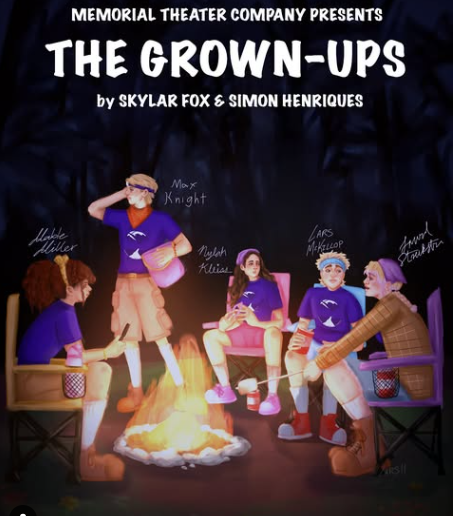






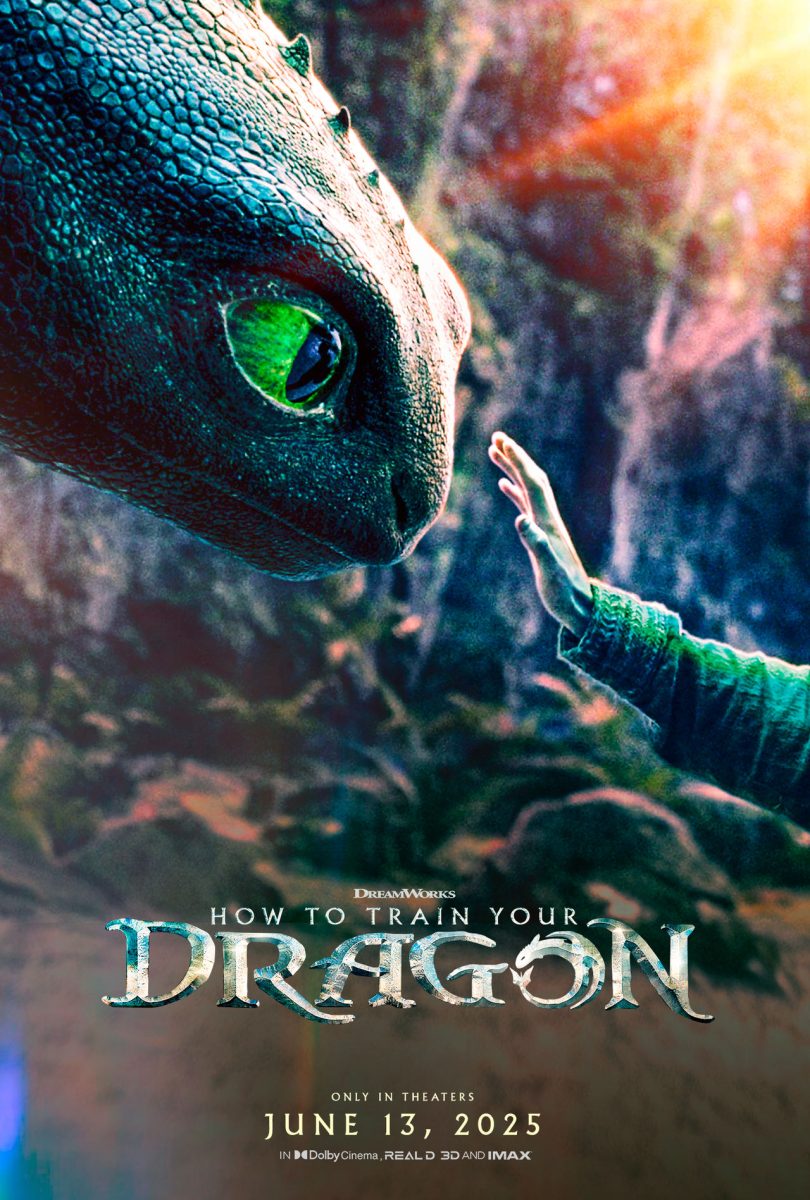


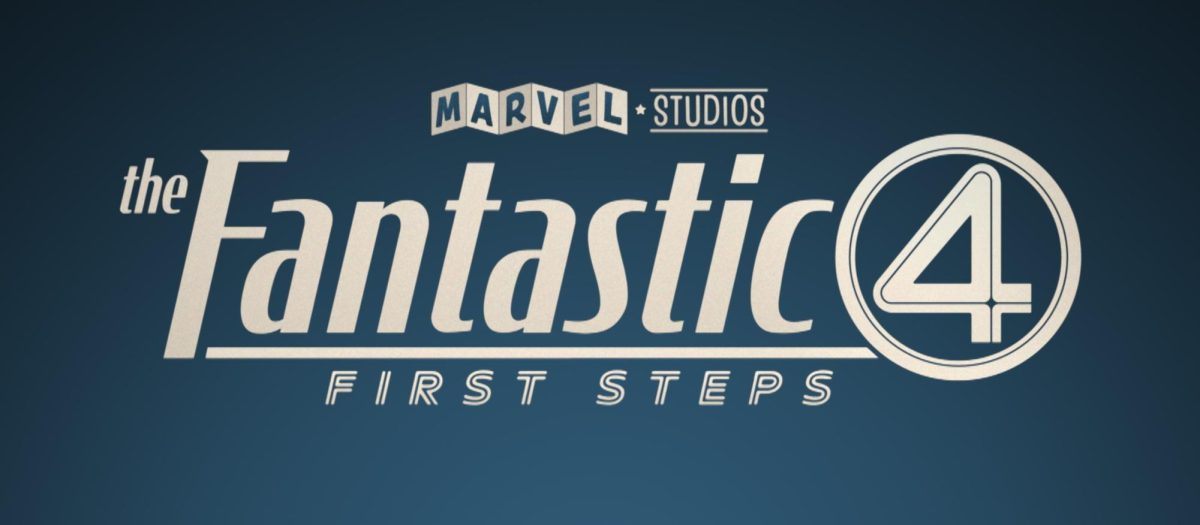











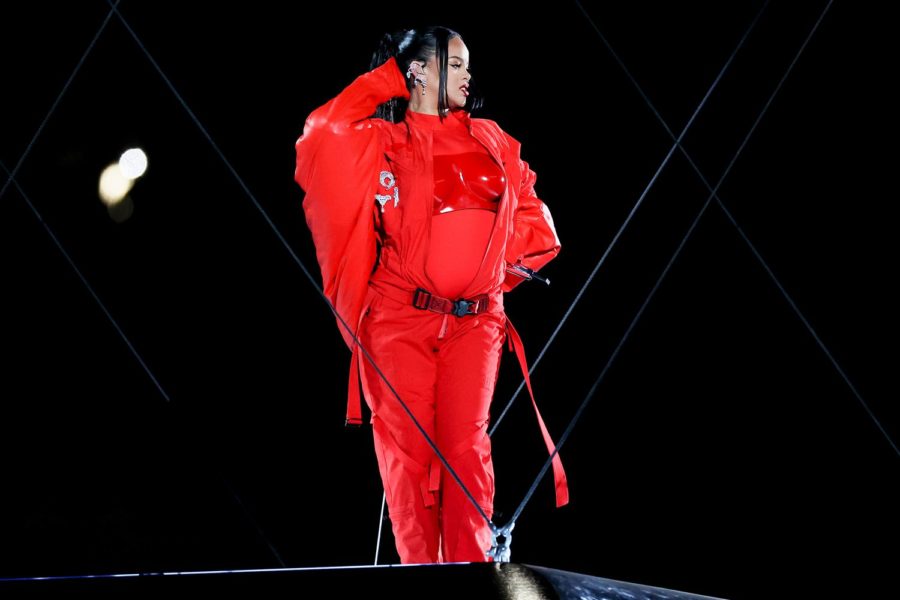





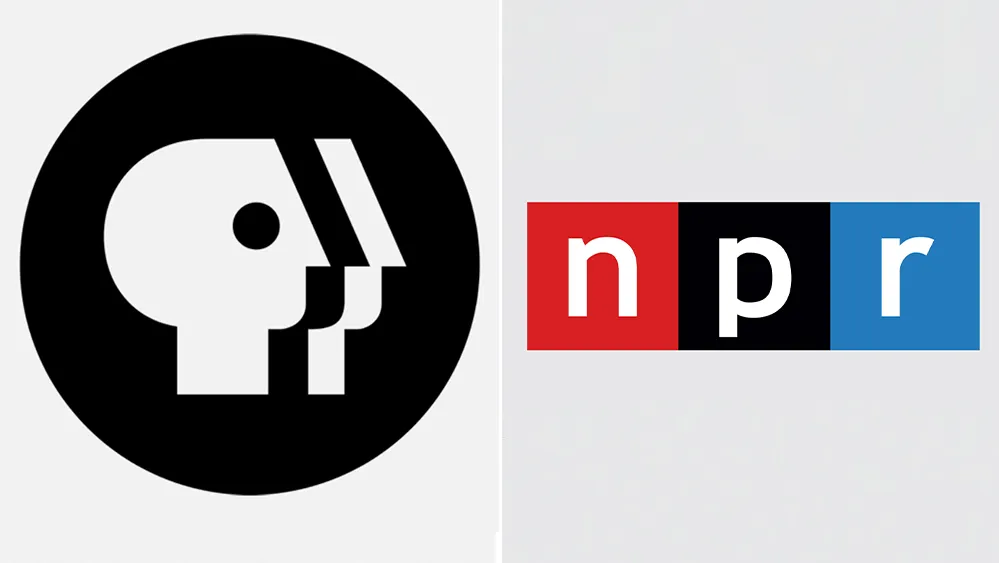




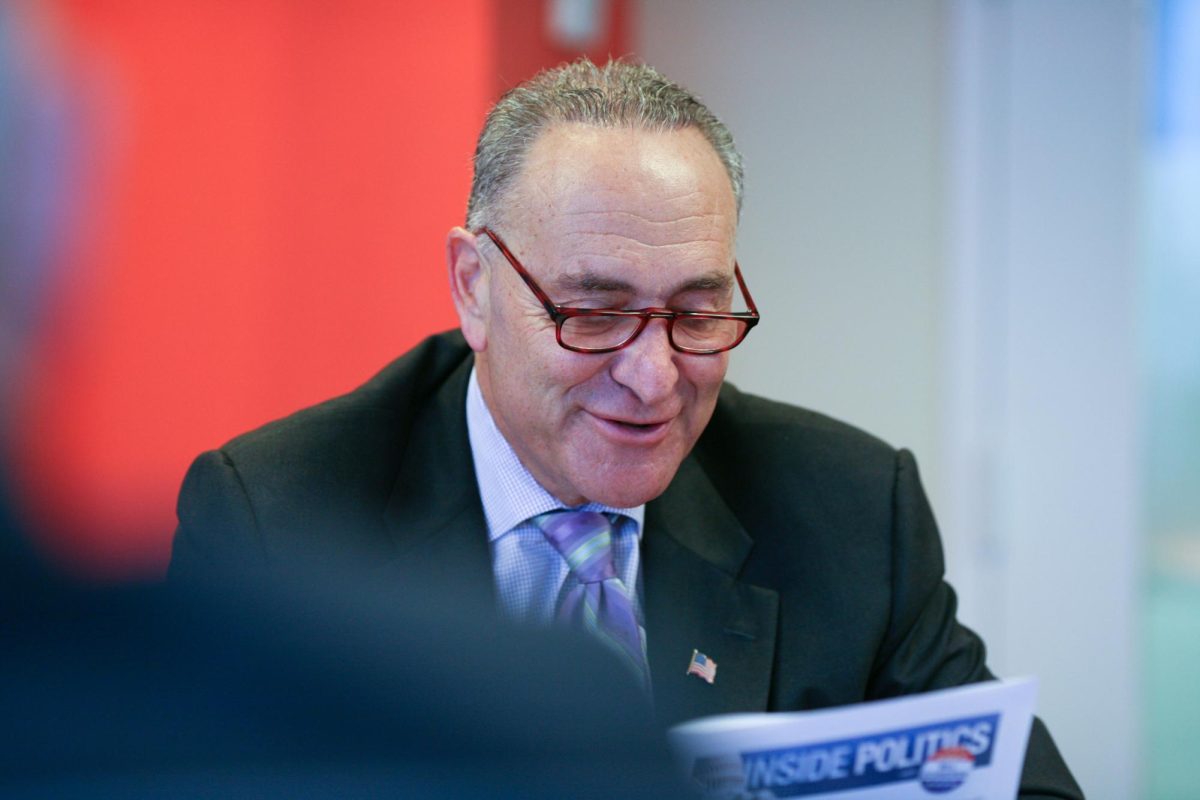



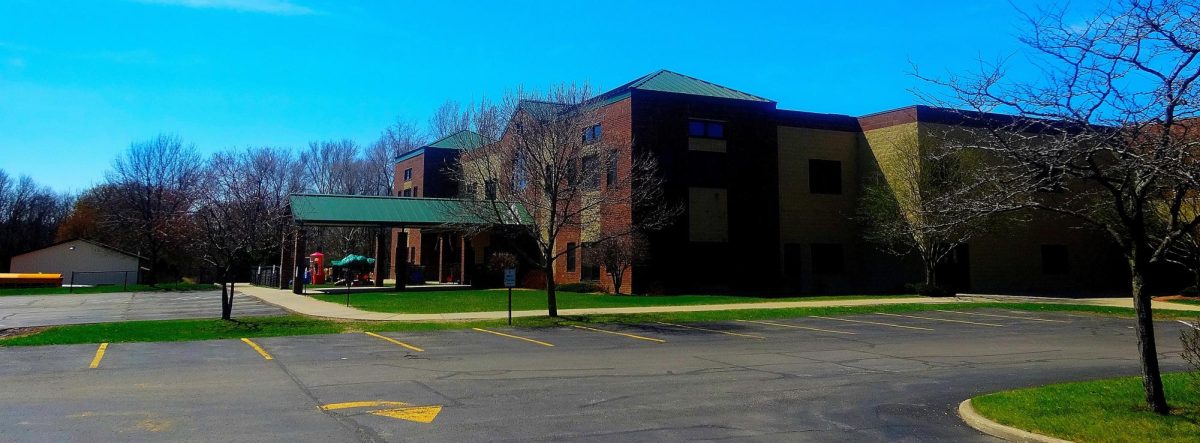
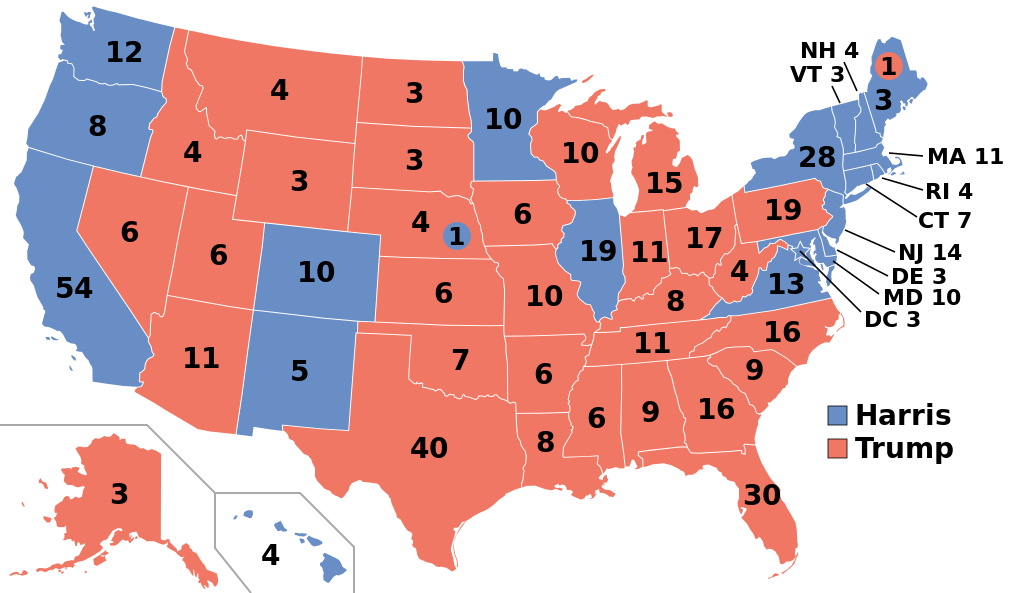
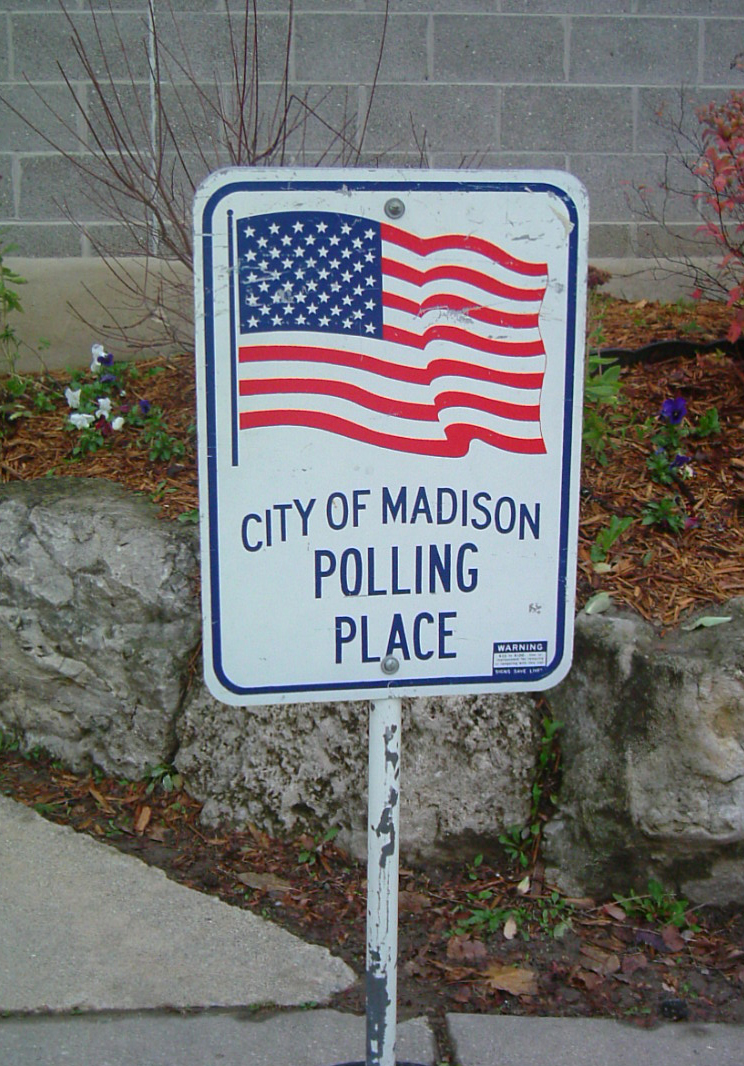






![Image credit to [puamelia]](https://memorialswordandshield.com/wp-content/uploads/2025/08/3435027358_ef87531f0b_o-1200x803.jpg)


